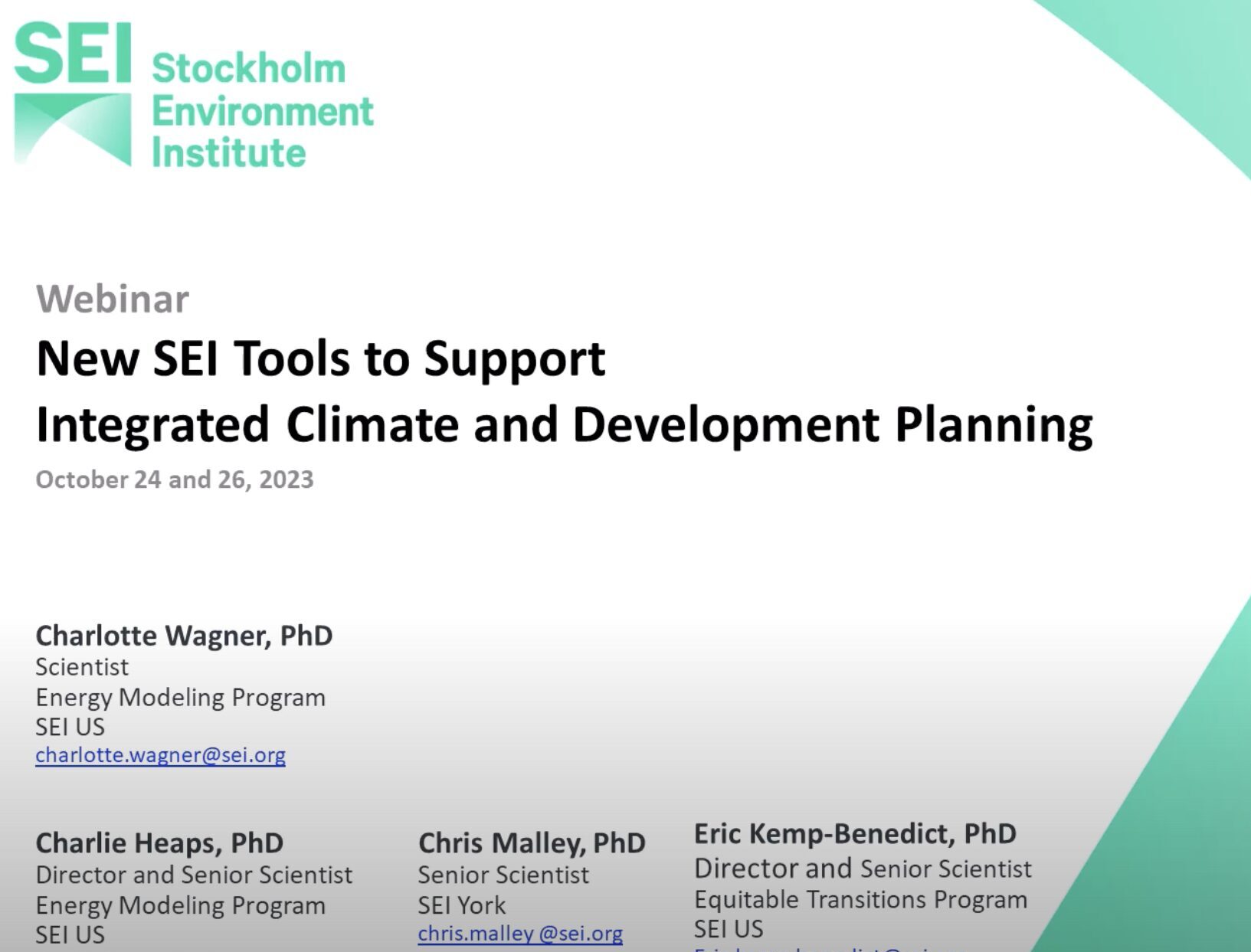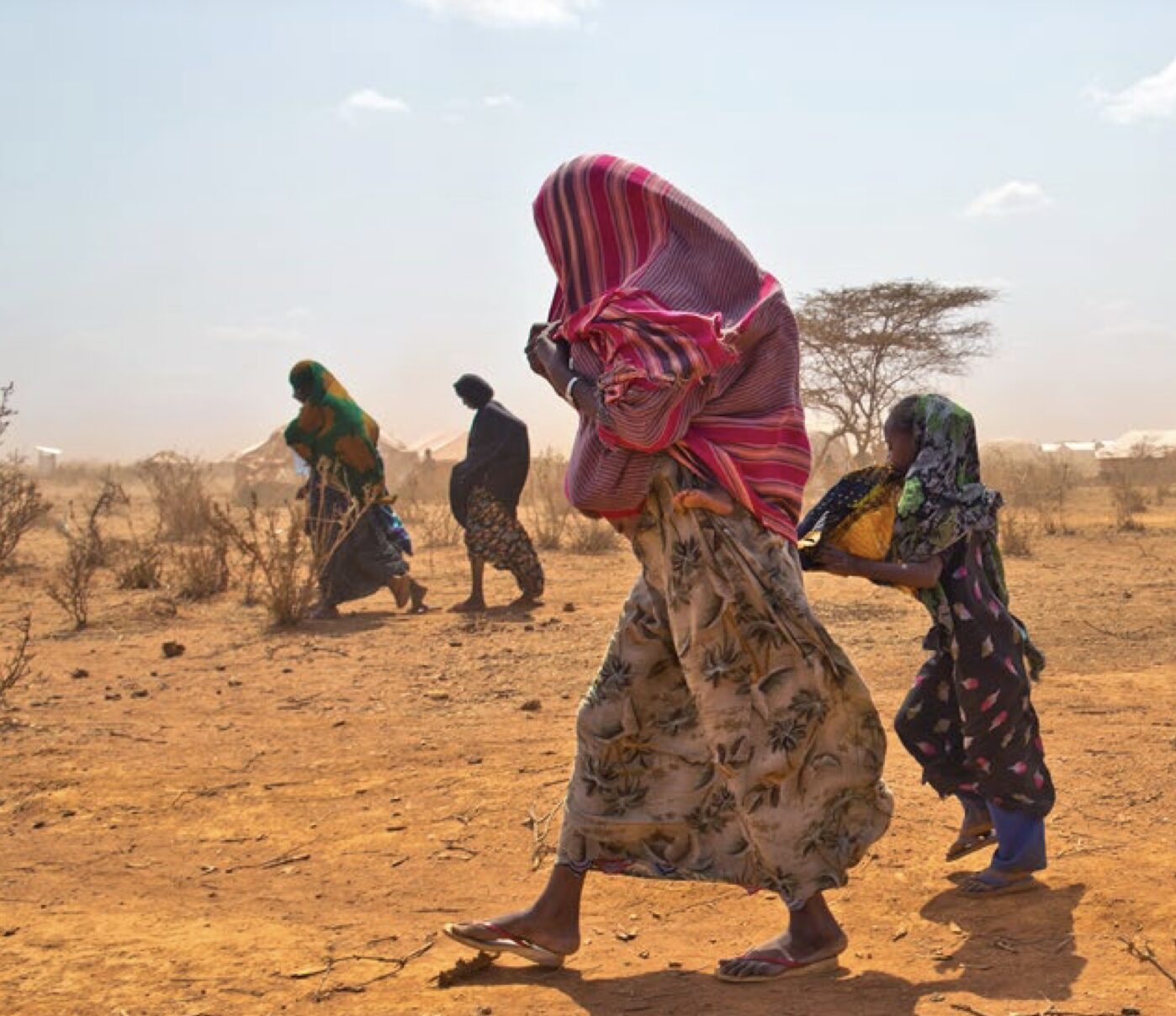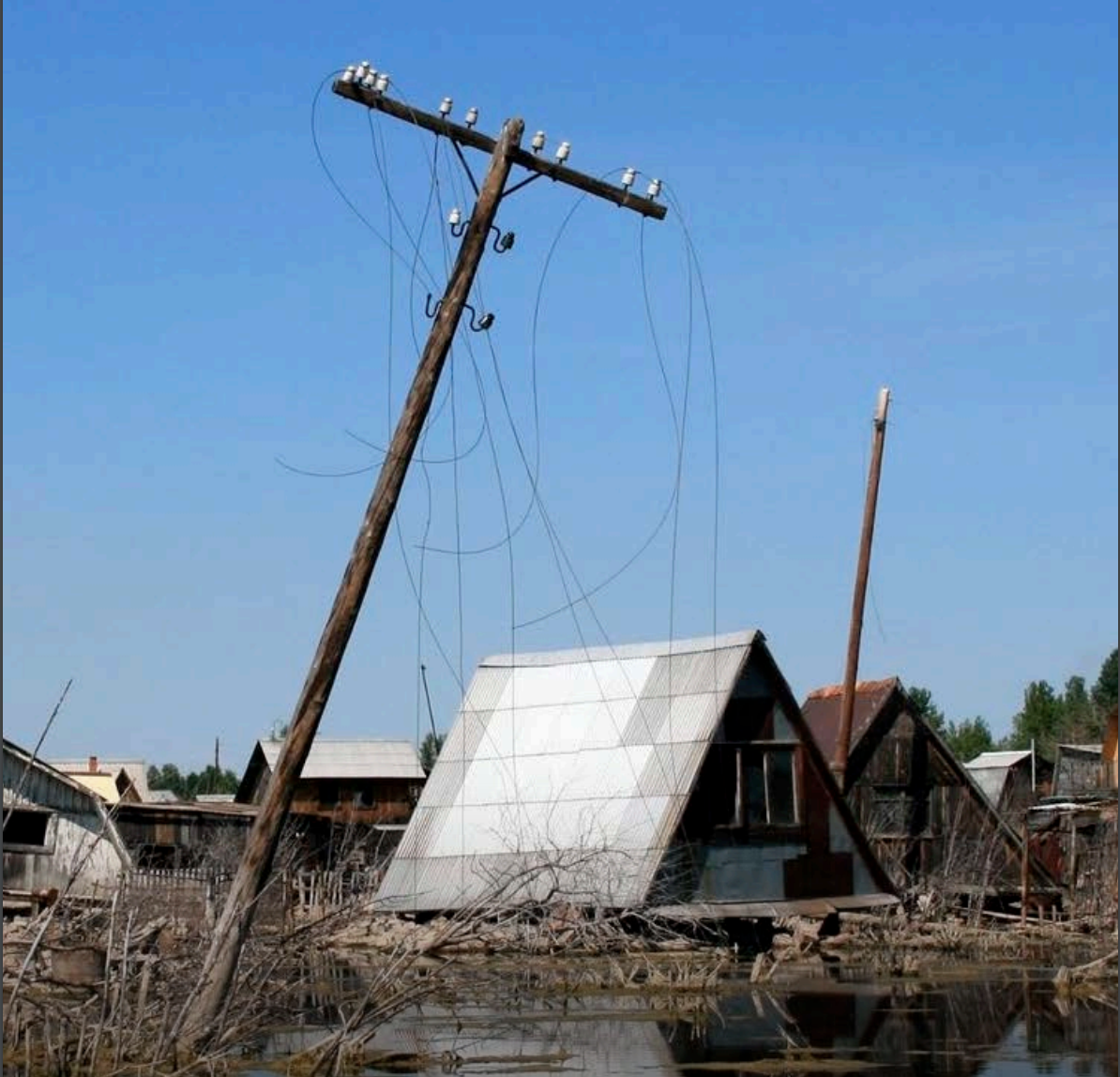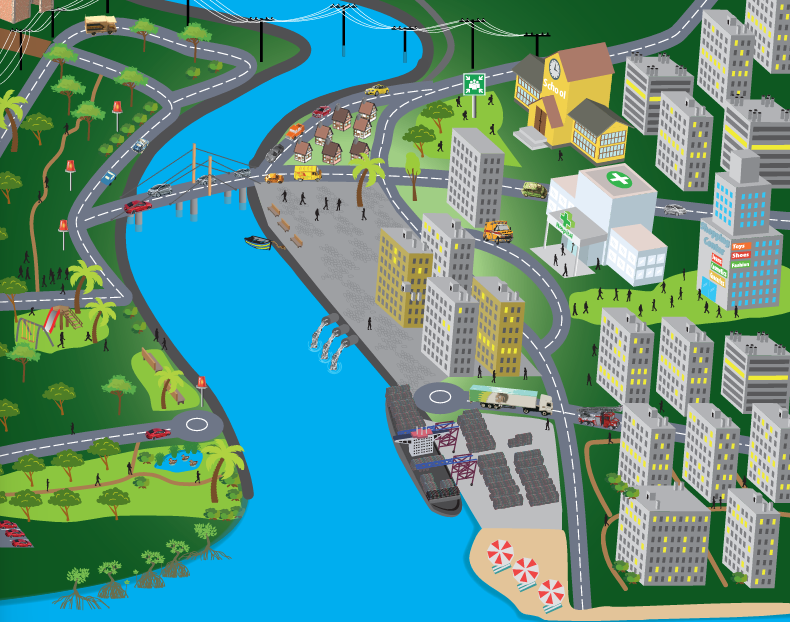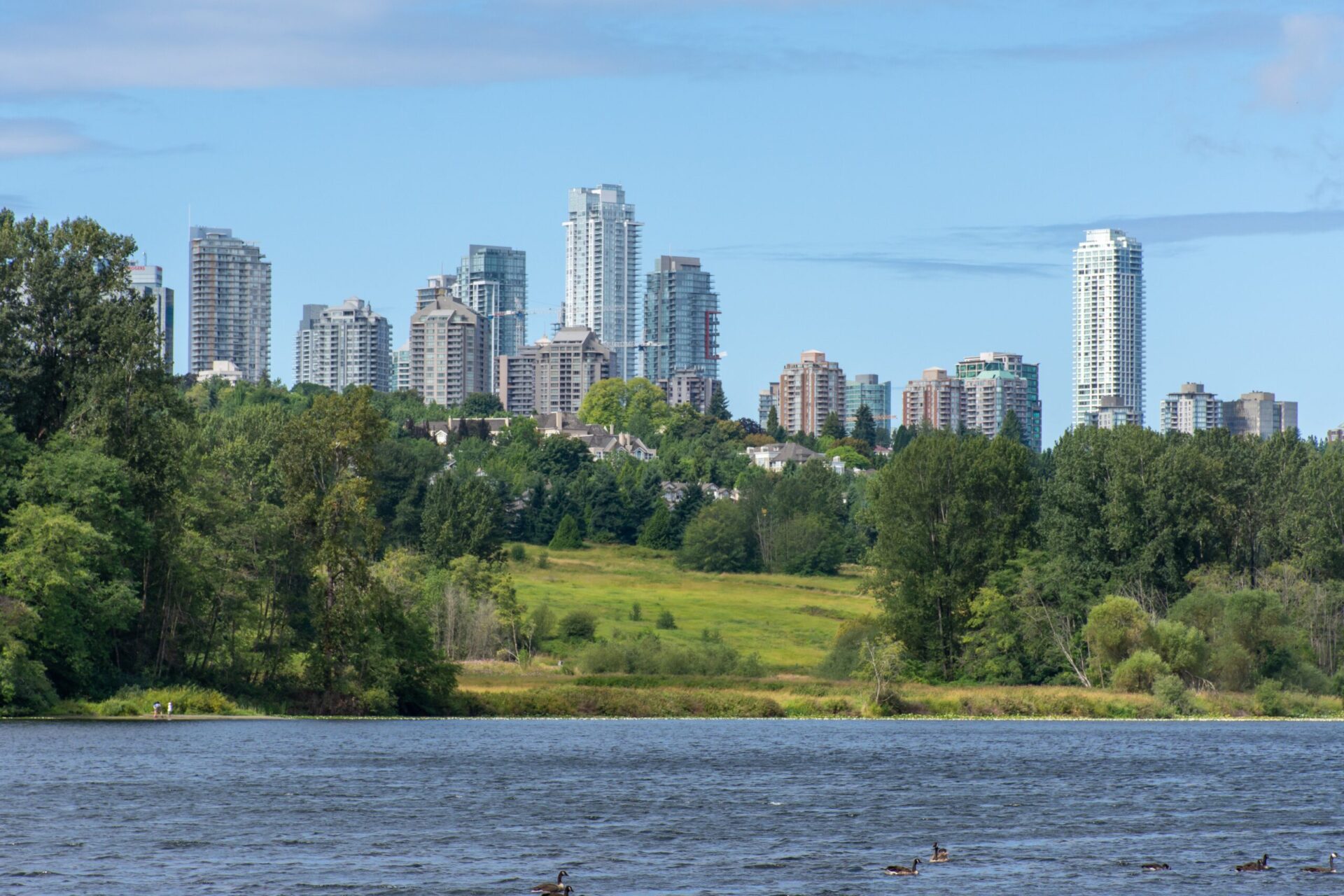Theme
Towards Climate Resilient Development Pathways
Approaches, tools, methods, and guidance for progressing towards Climate Resilient Development, and experiences and learning from how these are being applied in practice.
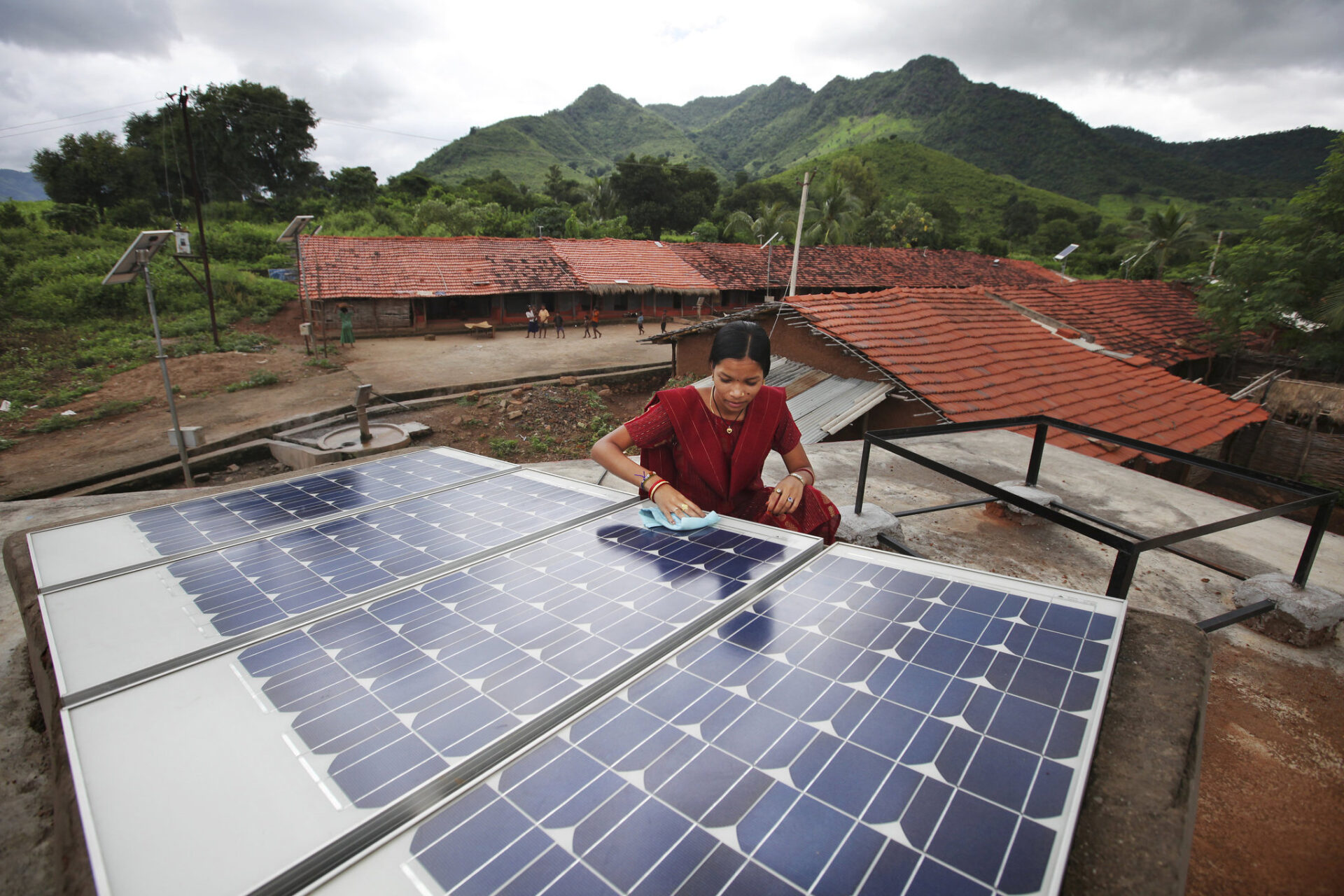
SEI Webinar: New Integrated Climate and Development Planning Tools
This webinar presents and discusses a series of new SEI tools designed to support integrated planning for climate change mitigation, climate adaptation and sustainable development.
Climate-resilient development for Somalia
This report outlines ways that policymakers in Somalia can increase access to climate finance and better integrate adaptation, mitigation and disaster risk management in socioeconomic development.
Climate resilient development pathways: applicability to navigating a just transition in South Africa
This article establishes the basis and sets the direction for future knowledge (co)production and planning work in relation to the adaptation and climate resilience aspects of navigating a ‘Just Transition’ in South Africa.
UNEP Adaptation Gap Report 2022
Explore the 2022 UNEP Adaptation Gap report, which finds that the world must urgently increase efforts to adapt to impacts of climate change.
Capacity Development for the Execution of Climate Risk Assessment in the Nile Basin using the Public Infrastructure Engineering Vulnerability Assessment Protocol (PIEVC)
The purpose of the technical report series is to support informed stakeholder dialogue and decision making in order to achieve sustainable socio-economic development through equitable utilization of, and benefit from, the shared Nile Basin water resources.
Overcoming Barriers to Integrated Planning: Tools and Training for Countries to Combine Climate and Development Aims
This brief presents an analysis of available tools for integrated planning that can identify and maximise synergies between sustainable development and the ambition required by a 1.5°C climate mitigation target.
Climate Resilient Development Pathways – Frequently Asked Questions from Chapter 18 of the IPCC’s 6th Assessment Report
What is a climate resilient development pathway? How can different actors across society and levels of government be empowered to pursue climate resilient development? Learn about these and other frequently asked questions from Chapter 18 of the IPCC's AR6 Working Group II report: Impacts, Adaptation, and Vulnerability.
Introductory LEAP training course: Undertaking cost-benefit analysis and optimization modelling with LEAP and NEMO
This page shares resources for lectures #5 and #6 of an eight-lecture introductory training course on the Low Emissions Analysis Platform (LEAP) modelling tool.
Introductory LEAP training course: Modelling energy supply and emissions with LEAP
This page shares resources for lectures #3 and #4 of an eight-lecture introductory training course on the Low Emissions Analysis Platform (LEAP) modelling tool.
Introductory LEAP training course: Introduction to LEAP & Energy Demand Modelling
This page shares resources for lectures #1 and #2 of an eight-lecture introductory training course on the Low Emissions Analysis Platform (LEAP) modelling tool.
